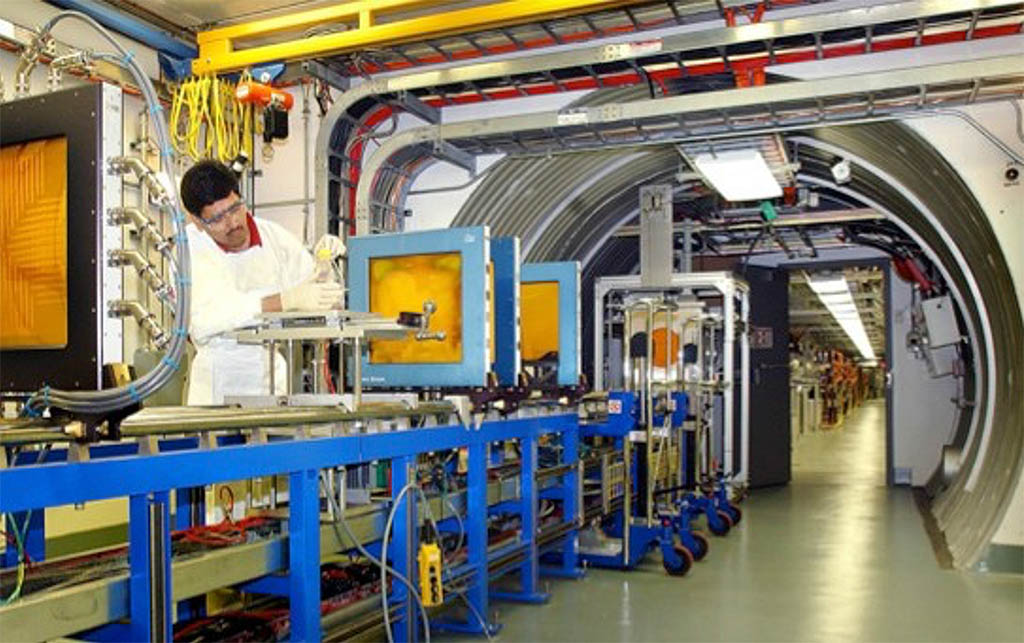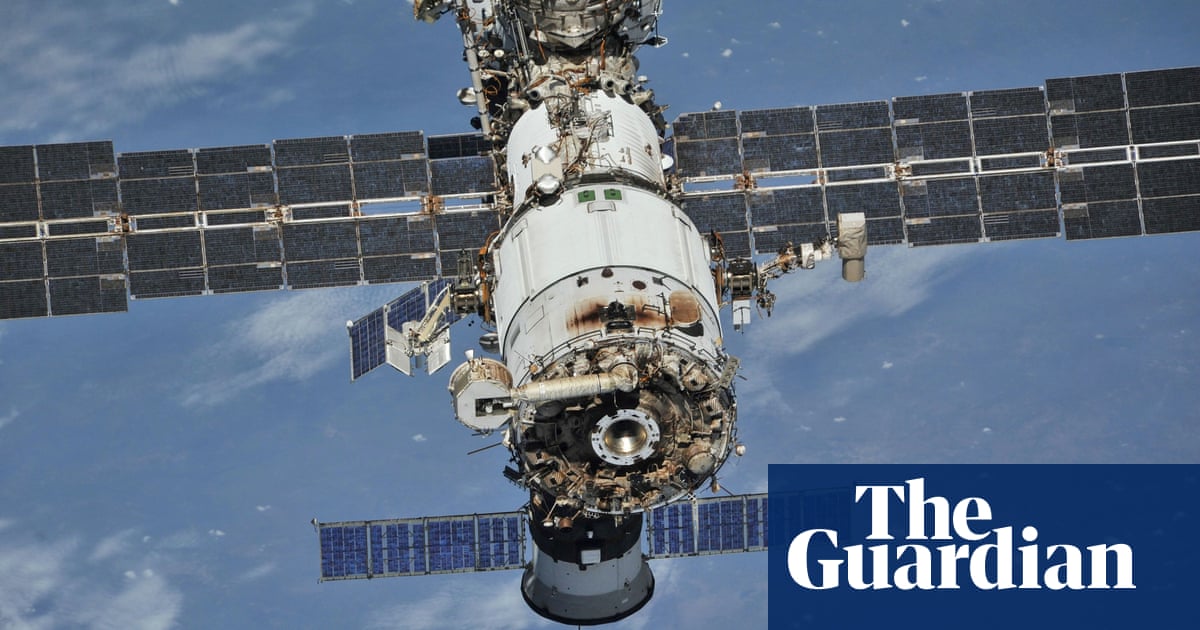
As NASA increasingly relies on commercial space, there are some troubling signs
When it comes to space policy, a hallmark of the first Trump administration was its embrace of private companies. NASA sought to build fewer expensive things and buy more lower-cost services. In doing so, it aimed to foster a healthy ecosystem of private space companies.
Under the leadership of Jim Bridenstine, NASA, during these years, stood on the shoulders of more than a decade of government investment in commercial space. This culminated in a triumphant Crew Dragon mission in the summer of 2020, the first privately led human orbital spaceflight.
This Demo-2 mission, sending NASA astronauts Doug Hurley and Bob Behnken to the International Space Station on a SpaceX vehicle, validated NASA’s long push into commercial space. Since then, the agency has only doubled down on this approach, generally using fixed-price contracts and buying a service instead of telling companies what and how to build while paying a premium.
There are growing concerns about the sustainability of this strategy, though. Some contractors are struggling financially, and others have bowed out of commercial programs entirely. Inside the space agency, too, there appears to be some pushback against these private space initiatives, with agency officials seeking more control. Some key commercial space leaders have left or been edged out of the agency, leaving questions about who will champion these programs. In short, after nearly two decades, NASA’s commercial space efforts are starting to show some cracks.























